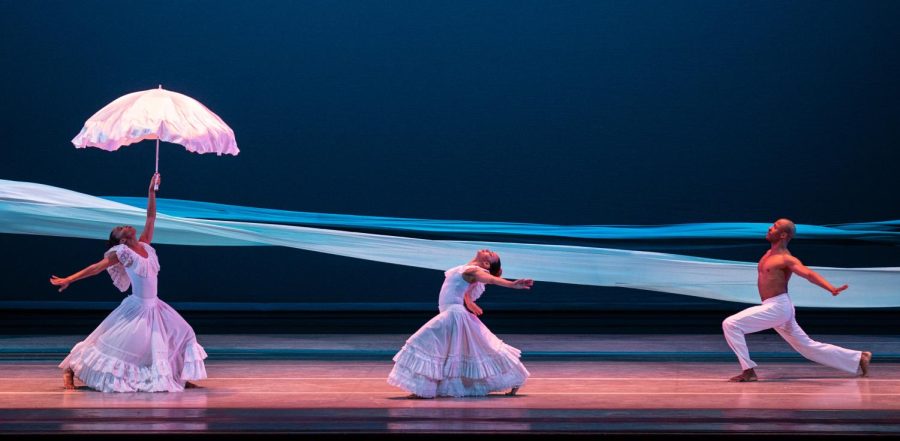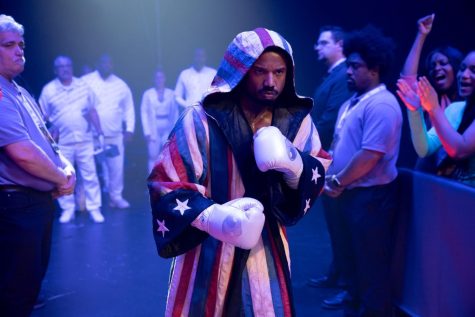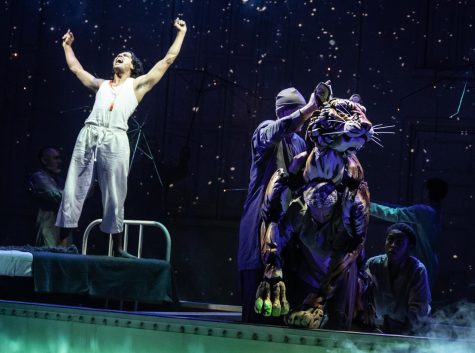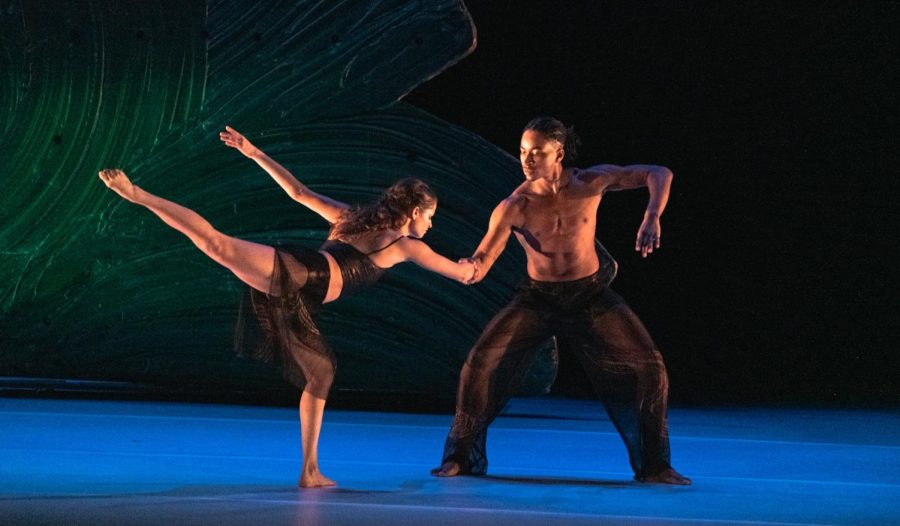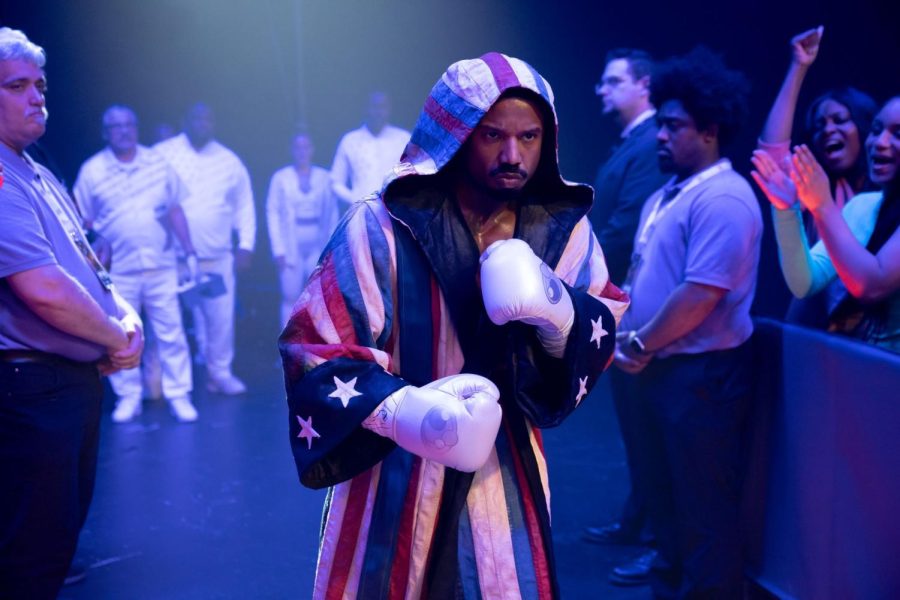“Little Women” a classic story that resonates more than ever
Raider Times photo / Courtesy Columbia Pictures
Emma Watson, Saoirse Ronan, Florence Pugh, and Eliza Scanlen star in “Little Women”.
December 24, 2019
The new film “Little Women,” adapted from Louisa May Alcott’s novel, follows the story of the March sisters as they mature and find their way in Colonial America.
Despite the fact that the story of “Little Women” is a classic, the film’s director, Greta Gerwig brings it into present-day by taking the story’s integral themes and making them more modern instead of outdated. With a PG rating, the film is able to reach a wide range of ages. The message is especially important for teenage girls who are trying to figure out who they are.
The main characters of the movie are relatable young females who introduce the ideas of individuality and independence. It is a great movie for females of all ages and it encourages young females to go into the world boldly.
Most of “Little Women” revolves around the idea that since women are unable to earn a decent income, marriage is a monetary necessity to stay afloat in Colonial society. It delves into the ideas of passion versus obligations and whether it is better to give into these obligations in order to live a comfortable life, as seen with Amy March, or stay true to oneself, but struggle socially.
This internal struggle is best shown through Meg March, played by Emma Watson. Although she marries happily to a poor tutor she loves, she struggles internally when describing how she tries to be happy in life, but that it is so hard to be poor.
These ideas are also capitalized on, after Laurie criticizes Amy’s marriage to Fred Vaughn as a marriage for money instead of love, and she responds, describing how it is impossible for marriage not to be an economic proposition when a woman cannot earn a decent living in life.
Gerwig throws her own feminist take on how the women are characterized and interact with others. On the rivalry between Amy and Jo, Gerwig adds a surprising response from Amy when Laurie confesses his love for her, in explaining how she won’t simply be the person he settles for because he can’t marry Jo. In doing so, Gerwig adds a more powerful element to not only Amy, but all the female characters.
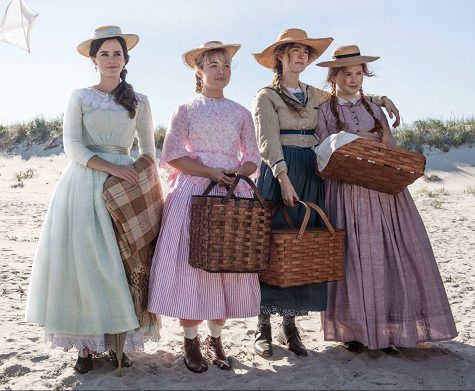
Emma Watson, Saoirse Ronan, Florence Pugh, and Eliza Scanlen star in “Little Women.”
Gerwig also adds her own spin to the ending of the film, changing it a bit to fit what she feels Alcott meant for Jo. In the novel, Alcott ends the story with Jo marrying, having children, and giving up her writing career. The film, in contrast, provides a double ending, up to interpretation to the audience of what it means to be a woman, as well as what their role is in society. While still staying true to the book’s ending, Gerwig draws on the fact that Alcott might not have felt this was the correct ending for Jo in bringing together Alcott’s own story with the story of “Little Women.”
Although staying true to all the events and plot line of the novel, the film rearranges the plot so that it continuously switches between the March sisters as young girls and women. The nonlinear plot structure, helps to show the sisters’ change from young girls into women. It also portrays character development and provides depth for each of the women.
The star-studded cast includes many strong female leads, such as Watson, Meryl Streep, and Saoirse Ronan. These actresses all portray characters that are powerful women. Ronan plays Jo March, who is a notoriously independent girl. Jo March’s intellect, matched with her headstrong personality, creates a very memorable female lead.
The March family is full of unique and strikingly memorable characters. The family is led by their mother, Marmee (played by Laura Dern), who is a highly compassionate soul. All four sisters are passionate and willful.
The film highlights female independence and the importance of being a strong female in society. It carries an important message that appears less often than needed in today’s world. In our world, it is important for females to feel confident and to know it can be quite poisonous to conform to society’s standards.
–Dec. 24, 2019–




